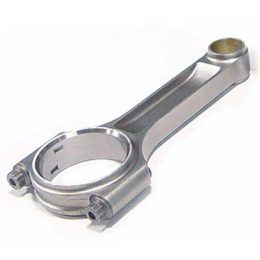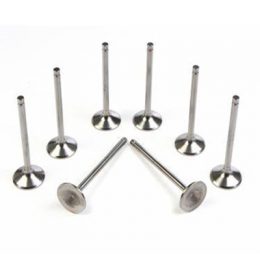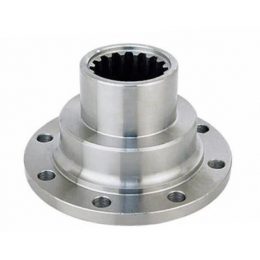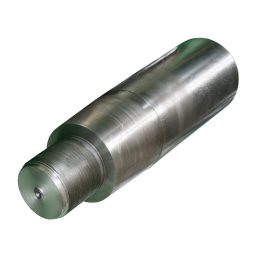Marine Propeller Shafts: Consider Selecting the Right One
A marine propeller shaft is a critical component of a boat’s propulsion system, responsible for transferring power from the engine to the propeller, which in turn propels the boat through the water. Propeller shafts come in a variety of shapes, sizes, and materials, and selecting the right one is essential for optimal performance.
When choosing a marine propeller shaft, it’s important to consider several factors, including the boat’s size, weight, and engine horsepower, as well as how the boat will be used. All of these factors impact the appropriate size and pitch of the propeller, which in turn affects the selection of the propeller shaft.
Propeller shafts can be made from various materials, such as stainless steel, bronze, and composite materials. Stainless steel is the most popular material for propeller shafts due to its strength, durability, and resistance to corrosion. Bronze is also a common choice, especially for smaller boats, as it is less expensive than stainless steel. Composite materials, such as carbon fiber, are becoming more popular due to their lightweight and strength, but they may not be appropriate for all boat types and uses.
The diameter and length of the propeller shaft are critical factors in selecting the right propeller shaft for the boat. The diameter determines the strength and stiffness of the shaft, while the length determines the distance between the engine and the propeller. Both factors impact the performance and efficiency of the boat, so it’s crucial to choose the right diameter and length for the boat’s specific needs.
The taper of the propeller shaft refers to its shape and size as it moves from the engine to the propeller. The taper can impact the strength and stiffness of the shaft, as well as the ease of installation and removal. It’s important to choose a taper that is appropriate for the engine and propeller, as well as the skill level and experience with installation and maintenance.
The shaft coupling is the mechanism that connects the propeller shaft to the boat’s transmission or outdrive. There are several types of couplings available, including flange, rigid, and flexible couplings. Each type has its own advantages and disadvantages, so it’s important to consider specific needs and preferences when selecting a coupling.
In summary, choosing the right marine propeller shaft is a complex and challenging task. Consulting a professional, such as a qualified marine mechanic or boat builder, can provide expert guidance and advice, ensuring that the right propeller shaft is selected for the boat and boating needs. Once the appropriate propeller shaft is selected, regular maintenance and inspection are necessary to ensure its proper functioning and longevity.



